
The summer is over, and the winter is approaching, which means that many drivers will find themselves coming across colder and more slippery roads.
One way of giving your car the best chance of delivering a good level of performance through these winter months is with winter tyres.
Winter tyres have been optimised to work at their best during – you guessed it – winter and can help provide the best possible traction when things get very cold and wet.
So, if you’re thinking about putting some winter rubber on your vehicle, what else do you need to know? Here is our handy guide to winter tyres.
How do they work?
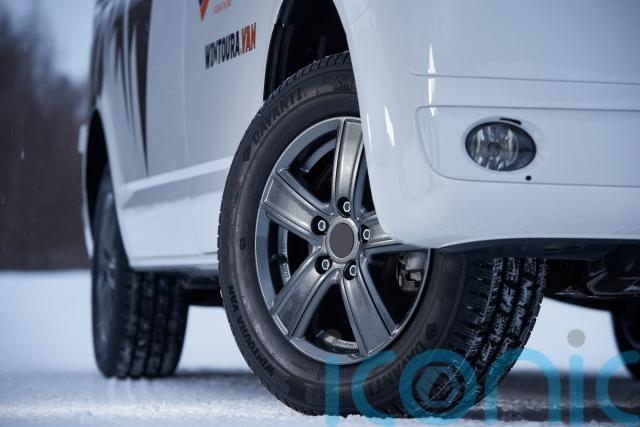
Winter tyres are designed to help improve the handling and grip of your car in colder climates.
Their main purpose is to make driving in the winter months a lot safer, as standard ‘summer’ road tyres will not be as effective when tarmac is wet, icy, salty and damp.
Winter tyres are constructed using softer rubber compounds and have much deeper grooves and tread to help increase grip. The tyre treads also feature something called ‘sipes’, which are narrow cuts that allow water and snow to disperse away from the rubber. Essentially, these help the tyres to ‘push’ the water away and make them better at performing in heavy rain.
Advantages
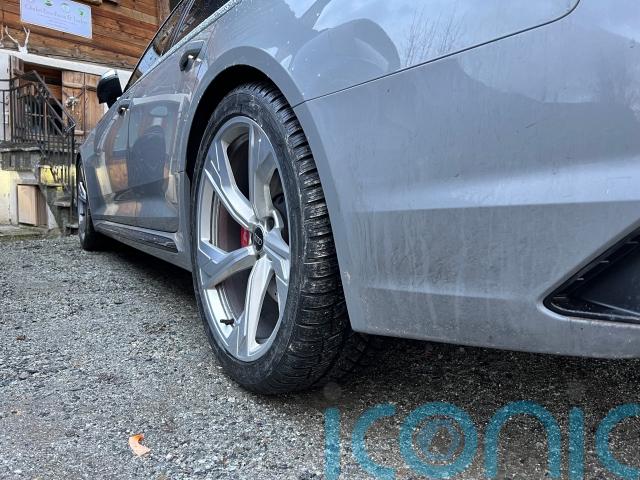
The key advantage of winter tyres is that they work most effectively when the temperature drops below seven degrees Celsius, which makes them much more usable in the snow and ice. It also puts them squarely at the usual temperatures experienced in the UK in the depths of winter.
Winter tyres often have a more robust construction than your typical summer tyre which allows them to fend off bumps and potholes a little more easily, though they can still be punctured.
Winter tyres will give all types of vehicles a boost in grip levels during colder temperatures, regardless of their powertrain.
For example, if they were driving on ice or snow, a two-wheel drive vehicle on winter tyres would be safer to drive than a four-wheel drive car fitted with summer tyres.
Disadvantages

The biggest disadvantage of winter tyres is that they cannot perform as well as a typical summer tyre when things get warmer. When temperatures increase, summer tyres simply offer more grip and improved handling compared to a winter tyre operating in the same conditions. Plus, winter tyres have more rolling resistance than a summer tyre, so you’d notice some increase in fuel consumption.
The car’s handling can be affected too, due to the larger grooves and tread patterns, and if you choose to remove them from your car during the spring and summer, you have to find somewhere to store them, which takes up space.
Where to store them
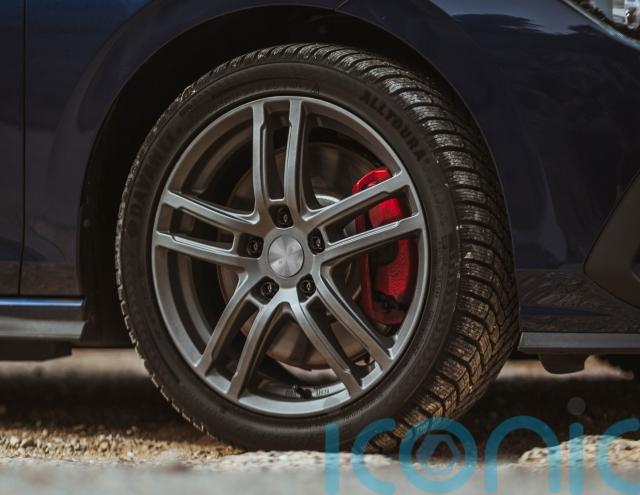
If you do decide to take the winter tyres off your car during the summer, then you need to find a place to store them.
If you have the space, we recommend you store the tyres indoors, as placing them outdoors could weaken the rubber over time. Keep the tyres away from direct sunlight, as this also damages the rubber and make sure that wherever they’re stored, there is enough ventilation.
A garage or shed is your best solution, but always make sure you give the tyres a thorough clean before you store them, as they would have seen lots of mud, salt and water over the months when they would have been used, which could also weaken their structure. Before storing them, make sure that you check the tyres over for any damage, cuts or nails embedded in the rubber.
How much do they cost?
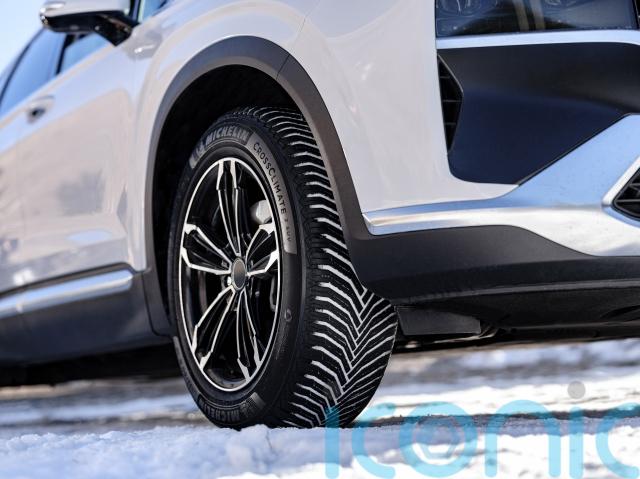
The cost for a set of winter tyres all depends on the car you drive and the wheel size.
If you drive a larger SUV, then expect to pay a premium over a small hatchback; plus, there is a range of tyres to suit your budget.
Budget winter tyres will start from around £50 a piece, whereas mid-range rubber will set you back around £110 a corner, while premium winter tyres can cost more than £170 each, which makes them a lot more expensive than standard summer tyres.
What about all-season tyres?
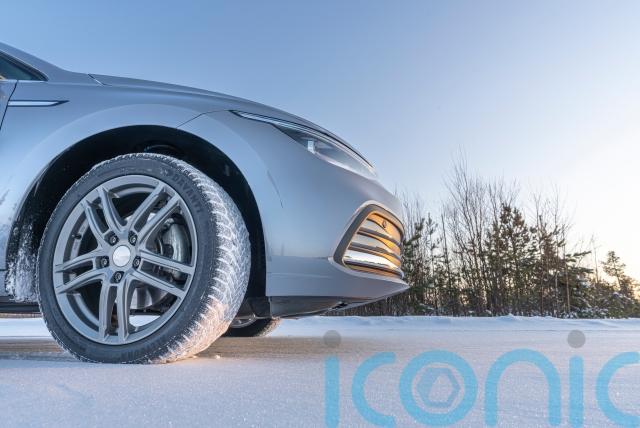
If you’re looking for the best of both worlds, then you could consider an all-season tyre. These combine the best parts of both summer and winter tyres into one all-rounder. They’re designed to operate well in a broad range of temperatures and, because of this, you won’t need to swap them out for each season. They’re often more expensive than either a summer or winter tyre, however.
Subscribe or register today to discover more from DonegalLive.ie
Buy the e-paper of the Donegal Democrat, Donegal People's Press, Donegal Post and Inish Times here for instant access to Donegal's premier news titles.
Keep up with the latest news from Donegal with our daily newsletter featuring the most important stories of the day delivered to your inbox every evening at 5pm.